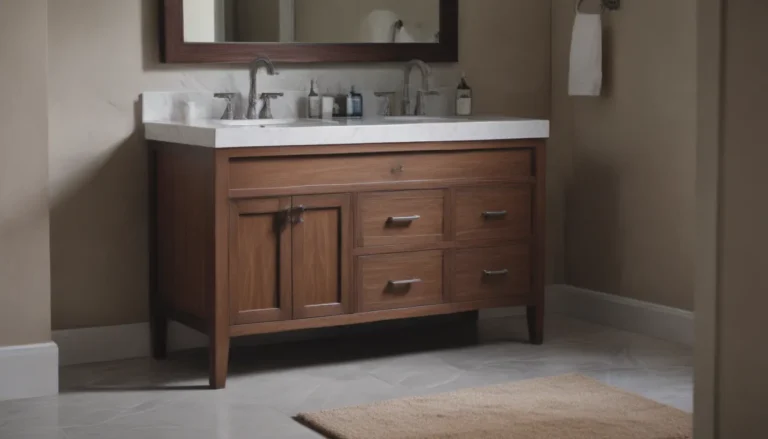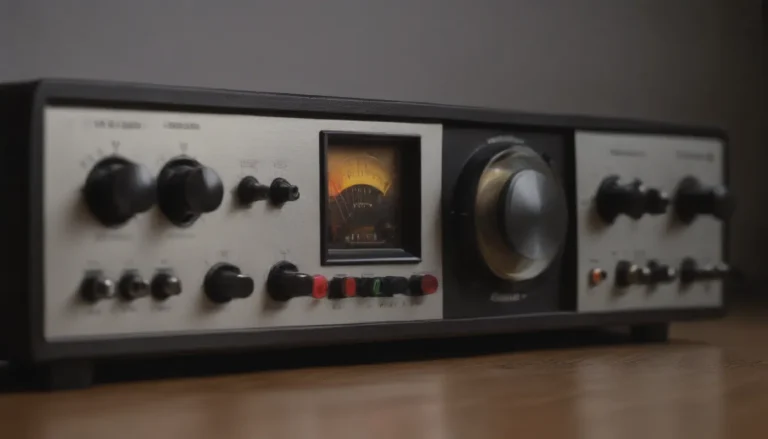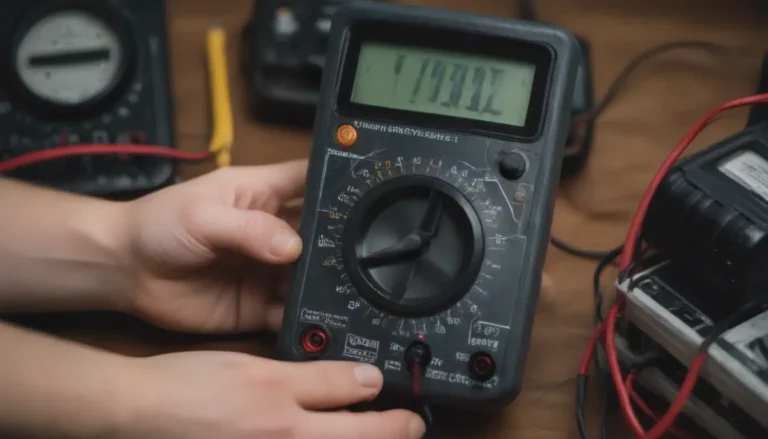Everything You Need to Know About Setting Standard Outlet and Light Switch Heights
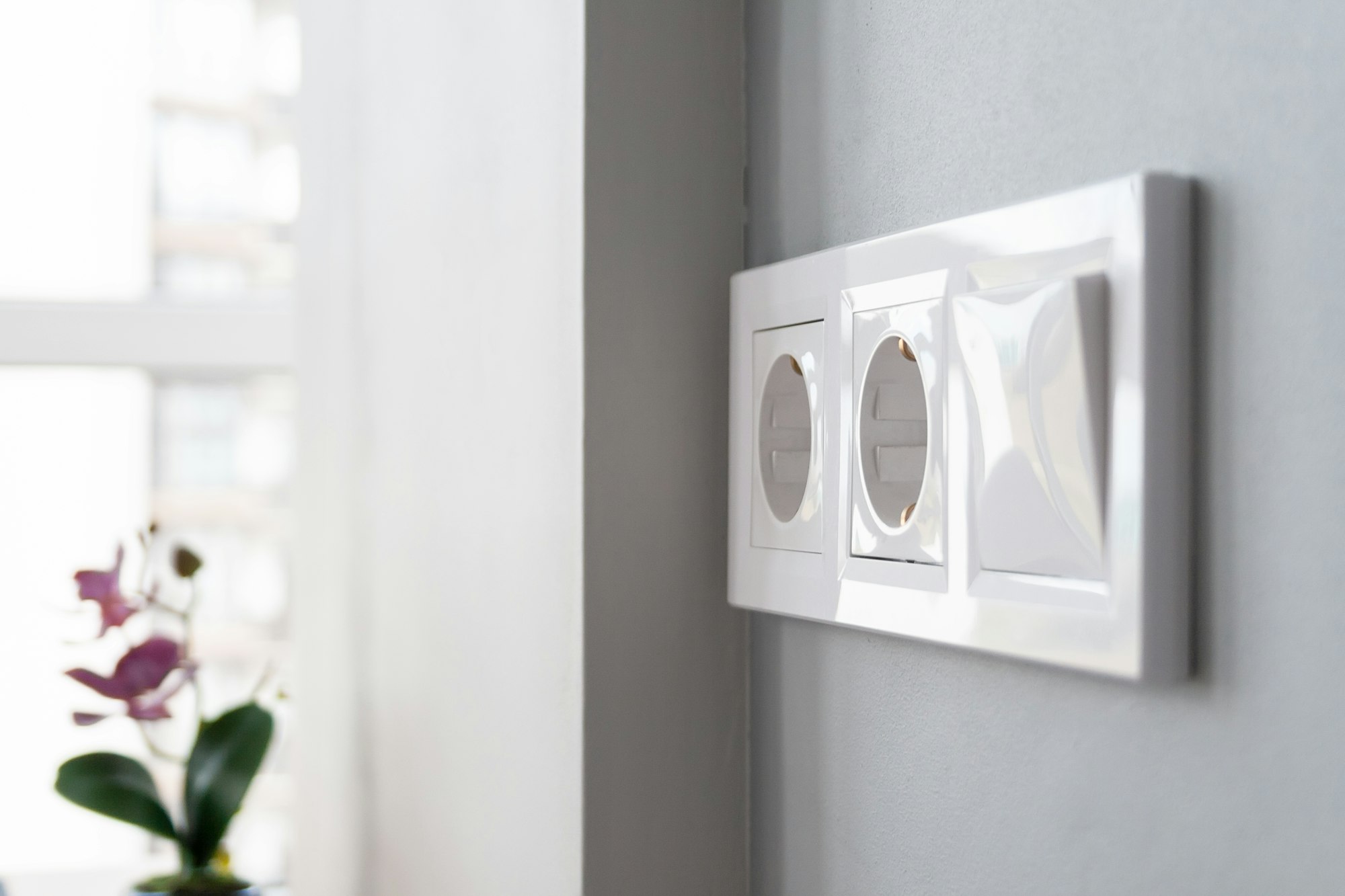
Introduction
Have you ever wondered how to set standard heights for electrical outlets and wall switches in your home? Setting these at uniform heights not only makes installation easier but also ensures convenience for users. In this comprehensive guide, we will walk you through the standard heights for outlets and light switches, provide tips on how to measure them, and discuss any codes you need to follow. So, let’s dive in and learn everything you need to know about setting standard outlet and light switch heights.
Why Standard Heights Matter
Setting electrical outlets and wall switches at standard heights is crucial for various reasons:
- Ease of Installation: Uniform heights make it easier to fish cables through walls during installation.
- User Convenience: Regular heights ensure that outlets and switches are easily accessible and functional for users.
- Building Codes: Following standard heights is often a requirement outlined in building codes and accessibility guidelines.
Now, let’s delve into the specifics of outlet and light switch heights to help you ensure your home is both safe and efficient.
Outlet Height
The standard height for wall outlet boxes is typically around 12 inches from the top of the floor covering to the bottom of the receptacle box. However, keep in mind that this measurement may vary based on different factors like flooring materials and user needs. Here are a few key points to consider when setting outlet heights:
- Standard Height: 12 inches from the floor covering to the bottom of the outlet box.
- Special Needs: For disabled or elderly individuals, a height of 15 inches above the floor covering is often preferred.
- Wheelchair Accessibility: Outlet boxes for residents in wheelchairs should be positioned no less than 15 inches above the floor.
Countertop Outlet Height
When it comes to countertop outlets, it is standard to install them at a height ranging between 15 and 20 inches from the countertop surface. This ensures consistency in appearance and functionality across all outlets.
Light Switch Height
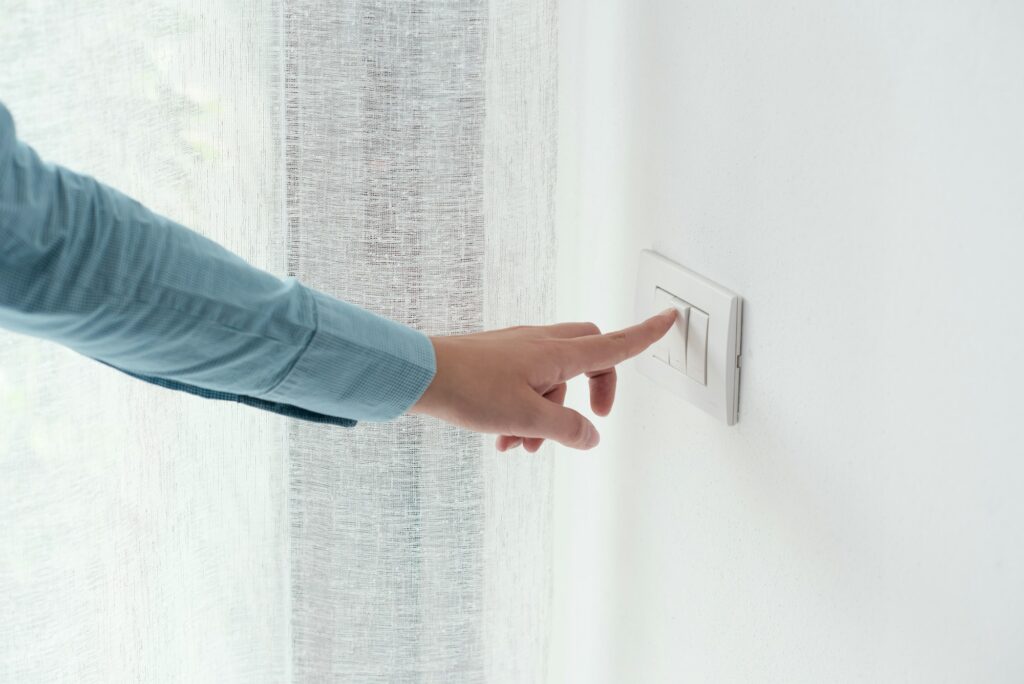
In most rooms, the standard height for wall switches is 48 inches above the floor covering. This measurement ensures that switches are easily reachable and usable for most individuals. However, for those with special needs, adjustments can be made to accommodate accessibility requirements. Here are a few considerations for setting light switch heights:
- Standard Height: 48 inches above the floor covering.
- Accessibility: According to the Fair Housing Act guidelines, controls like light switches should be placed at accessible locations.
- Special Needs: Lowering the switch height below 48 inches may be necessary for individuals in wheelchairs or with mobility issues.
5 Ways to Measure Outlet and Switch Height
While measuring outlet and switch heights individually with a tape measure is a common method, there are a few other tips and tricks you can use to streamline the process. Here are five ways to measure outlet and switch heights effectively:
- Measure with a Tape Measure: Start from the floor and measure upward.
- Measure with a Laser Level: Create a reference line for precise measurements.
- Measure with a Drywall Square: Mark stud heights before installing floor covering.
- Measure with a Hammer: Use a standard 16-ounce hammer handle as a reference.
- Measure with a Story Pole: Create a reusable height guide for all outlet and switch heights.
NEC Code Guidance on Outlet and Switch Heights
While the National Electrical Code (NEC) does not specify exact heights for standard wall outlets and light switches, local electrical codes may provide specific requirements. It’s essential to check with your city’s building department to ensure compliance with any regulations in your area.
Conclusion
In summary, setting standard heights for outlets and light switches in your home is crucial for both practicality and safety. By following these guidelines and using the tips provided, you can ensure that your electrical fixtures are installed correctly and meet the needs of all users.
Remember, when it comes to electrical work, safety should always be a top priority. If you’re unsure about any aspect of outlet or light switch installation, it’s best to consult with a professional electrician who can provide guidance and expertise.
Now that you have a better understanding of how to set standard outlet and light switch heights, you can confidently tackle this aspect of home improvement with ease and precision.


